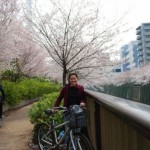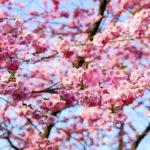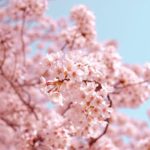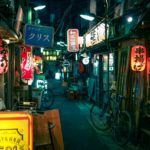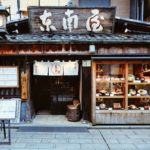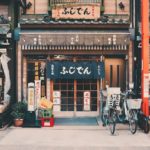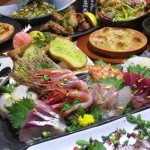The Beauty and Impermanence of Sakura Season
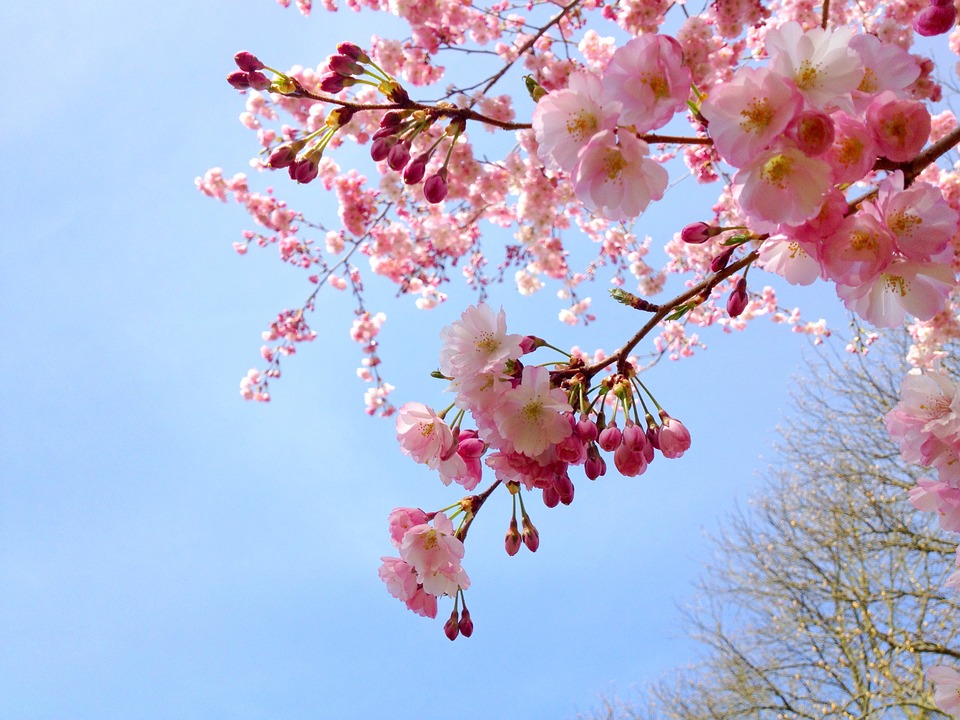
We have all experienced moments that were so perfect, we could have stayed in them forever. And what probably made the moment even more memorable was the fact that it felt like it ended too soon. The Japanese have a word that encompasses the lingering feeling that you didn’t quite take in enough before it was gone: wabi-sabi.
Wabi-sabi is a Buddhist concept that centers on the idea of impermanence and imperfection, acknowledging that “nothing lasts, nothing is finished, and nothing is perfect” (Richard Powell).
It’s present in the fleetingness of nature’s beauty and often as a centerpiece for Japanese art. While this description only touches the surface of a deeper concept, it’s a good introduction to the feeling one has during the cherry blossom —or sakura— season in Japan.
Being from Los Angeles—a city where even rain is unheard of—Japan’s seasons have continued to fascinate me. The maple leaves in October color the trees with reds, oranges, and browns in parts of the spectrum I’ve never seen before. The snow flurries in January create patterns in the roads, trees, and buildings, keeping my eyes bright and my cheeks red for weeks. Now the cherry blossoms of spring have not only filled my camera roll with pictures for years to come, but also taught me to embrace change and learn how to find solace in the fact that nothing lasts.
Wabi-sabi is a Buddhist concept that centers on the idea of impermanence and imperfection, acknowledging that “nothing lasts, nothing is finished, and nothing is perfect.”
Like Christmas decorations in October, Japan prepares for sakura while everyone is still kicking off their winter boots. Suddenly shelves are stocked with pink packaging, and cafés sell sakura-flavored treats and drinks (What flavor is that, you ask? Kind of as you would expect; it’s like eating a rose-like flower). Even the vending machines are decorated with fake flowers to get you in the mood. The sakura are so popular in Japan that the Japan Meteorological Agency announces an official, thoroughly researched forecast every year, known as the cherry blossom front.
The catch is, if you’re living in Tokyo, you only have two weeks to catch the flowers at their peak. On March 28, we were talking about how the flowers had just began to bloom and by April 8, most of the petals had already fallen and blown away. This means that if you were to wander around town the weekend between those dates, you would see the entire population of Tokyo outside with their cameras out and their pastel clothing on; adults sipping on beer or bubbly, children tumbling and running around, thousands of people sitting on large blue tarps with picnic food filling up their plates. This is hanami (literally “flower viewing”), or the custom of having an outdoor party underneath the endless clusters of pink and white trees. It’s not uncommon to see news stations filming these parties as well, reporting on this year’s hanami season as they apparently do every year.
On weekdays, it’s also common to go to yozakura (“night sakura”) spots, where parks light up the trees with lanterns and pink-tinted spotlights. Some of these spots are so crowded that the police set up blockades on the sidewalk to allow for easy foot traffic. Sometimes there’s a view that is so spectacular that the line just to take a picture is an hour wait! What astounds me is also how considerate and cooperative people are in these immensely crowded areas. These densely packed, slow-moving herds with iPhones and selfie-sticks and DSLRs, each person trying to get the perfect shot are right next to these delicate flowers that scatter to the ground with the slightest touch. And yet, no one is out of line, picking flowers or causing an uncomfortable scene. Pair that chaos with the tradition of a beer or sake in hand and any other country would have plenty of people creating a stir.
Perhaps it’s the beauty of the flowers, or the fact that everyone knows they are catching something that is so rare. Whatever the case, the cherry blossoms did indeed live up to their hype, and were gone before I could get even remotely sick of them. They left behind the sunny, temperate weather of spring and the feeling that perhaps a little meditation and a few more years in Japan would help me to embrace the yearning that comes from losing something so beautiful so soon.
Cherry blossom season is one of the best times of year to visit Japan. A quick online search will give you tons of articles on the best viewing spots in Tokyo and around the rest of Japan (some charge a small fee, but most are free). If you head up north (such as around Sapporo), the blossoms last through to mid-May and some areas have large festivals to celebrate.

